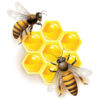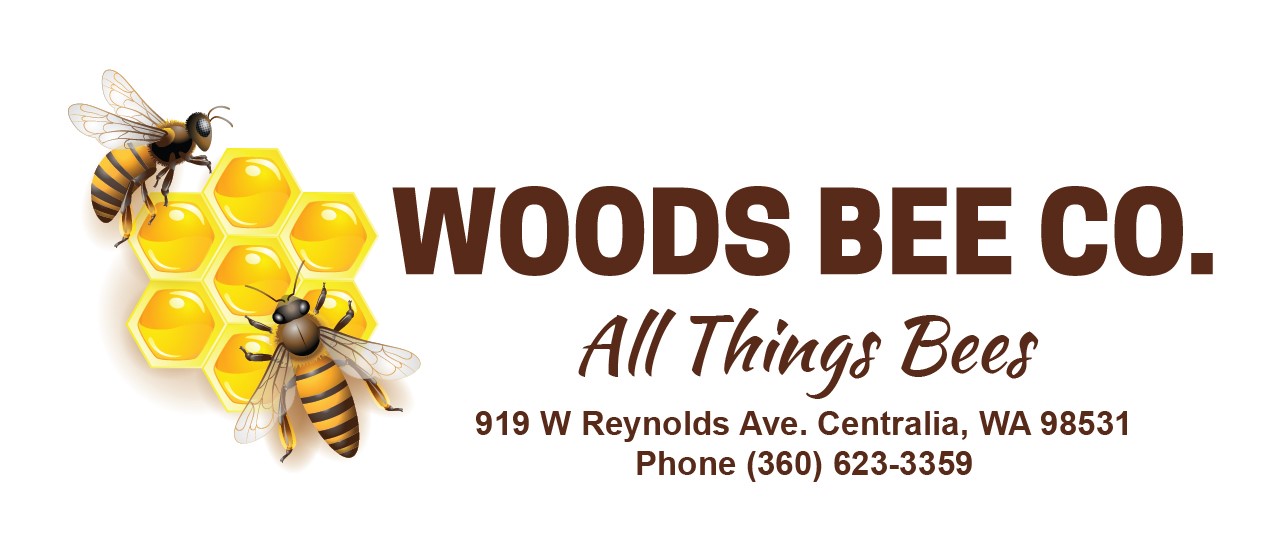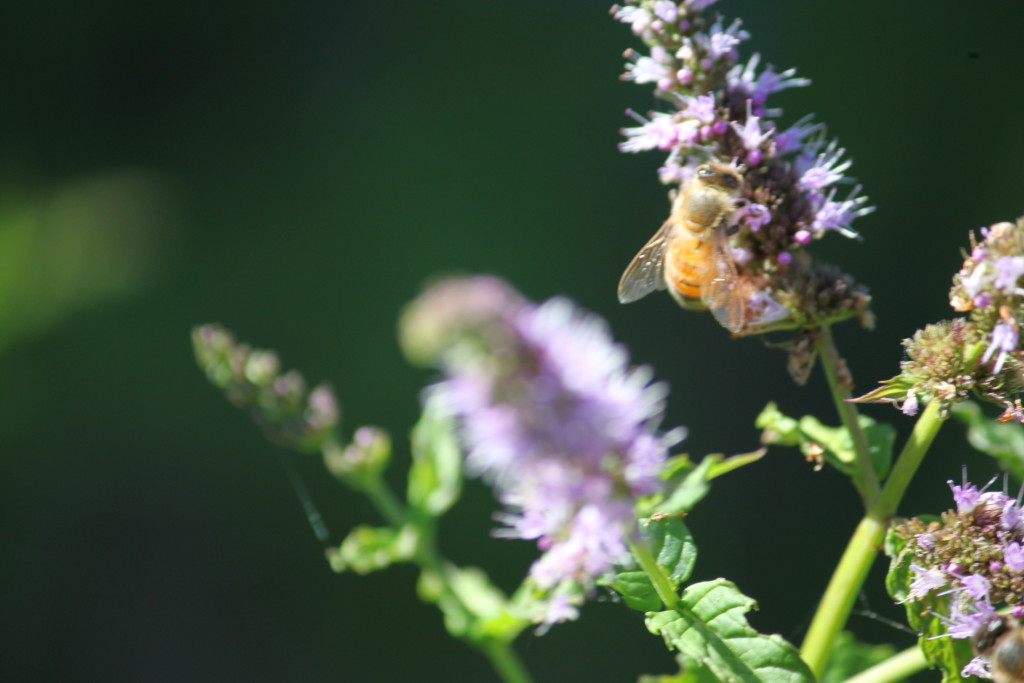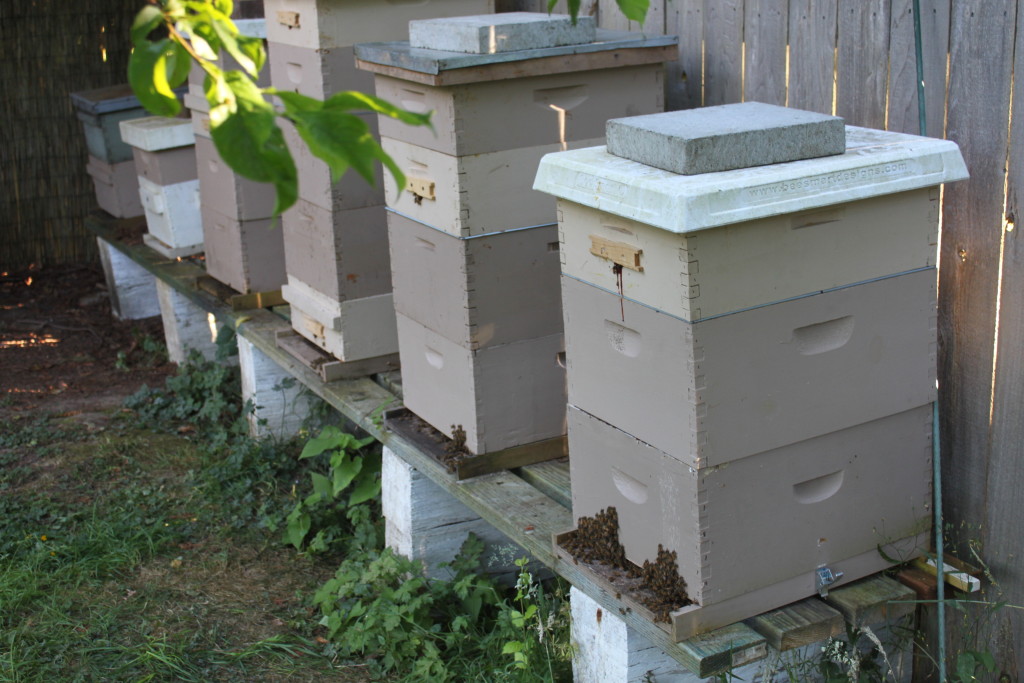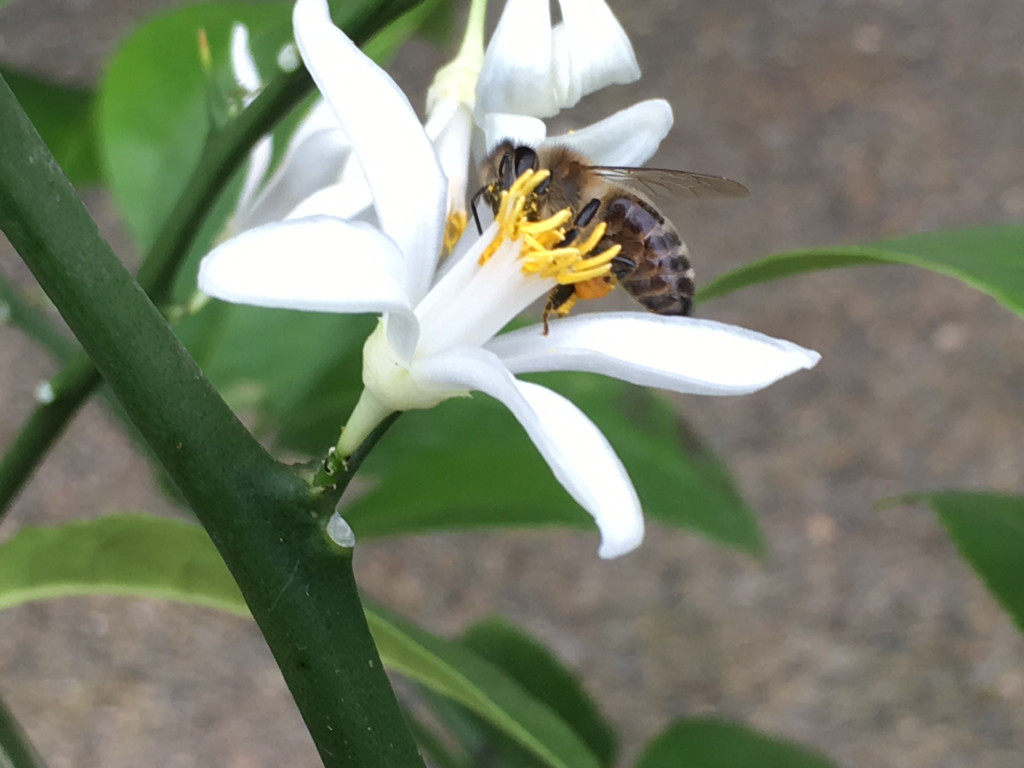Hive Inspections
Information
How to do a Hive Inspection.
Within the past couple of weeks I have had a few people mention that their bees were aggressive and then became calm. Well, you’re listening to a man who has a wife and three daughter and I will tell you that living with them is like having a hive of bees (which are mostly female). And while I know that if I keep on with this conversation I’ll probably be sleeping with the bees (although God has given me the best wife and daughters ever), I write this to say that like a house full of women, bees can be temperamental and agitated by many different things. They can be stressed by the weather, animals walking around their hive, yellow jackets, loud noises like weed eaters and lawn mowers and other things that may be unique to your location; but overall they are pretty gentle.
However, in order to find out what gets your bees excited you should take good notes during your inspections. This is the topic that I’m going to talk about today. In order to properly take care of your bees you will need to conduct regular inspections. Keeping honey bees is no different than keeping pets. You bring them into your environment, you ensure that the environment is safe; you oversee their well-being making sure that they are not sick and treated for nuisances, if necessary. Like caring for pets, every good beekeeper should have a good plan to care for the bees. This plan starts with a good inspection checklist.
I have attached a copy of an inspection sheet to help you monitor and care for the bees. This checklist was designed to ensure that the hive is in a manageable condition. This means that the availability of equipment, the functionality of the bees, and your ability identify their immediate needs are beneficial to the success of the hive.
Hive Construction
This inspection sheet is comprised of five main areas. The first is the “Hive Construction”. It is vital that you maintain accountability of all beekeeping equipment that you have readily available. This will prevent you from being unprepared in event of an unforeseeable occurrence (i.e. crowding, swarming, or splitting a hive). This area of the check list will assist you in tracking the progressing of the hive, allowing you to see how fast it is growing.
It is at this point in the inspection that additional attention is required for hive maintenance. Check the serviceability of your hive, remove any excess wax build up, ensure proper spacing of frames, and clean-up any trash or unused equipment from around the hive. Keep grass and weeds down as all these things will deter mice and other nuisances from coming to the hive.
Sighted
The next area in the inspection sheet is “Sighted”. This area is important because it gives you an overall picture of the state of your hive. For example, if you see larvae, eggs and capped brood then your Queen and bees are working to keep the hive functioning. However, if you see some capped brood, a few larvae and no eggs then the chances are pretty good that something has happened to your Queen or she has stopped laying. Whatever the case, she will probably need to be replaced. This is where a good inspection sheet comes in handy.
If you notice that the queen has stopped laying, then you will want to look for Queen cells. While this may seem intimidating it is really quite natural. If the queen cell is at the bottom of the frame then this is cause for some concern but not panic. This is called a swarm cell and chances are that the bees will swarm. This is when having a nuc box or extra equipment comes into play. You will want to move the frame with the swarm cell along with a few other frames into another box leaving the queen behind and replacing the frames with new ones. You have just split your hive, this is a good thing.
If the queen cell is in the center of the frame this is called a supersedure cell. This queen cell should not cause any concern, because this is simply the bees telling you that this queen is not doing her job and they are replacing her. No action other than noting the date that you saw it is needed. Taking notes of the amount of capped brood to drone cells is important because all drone cells can also indicate that something has happened to your queen and you have a laying worker (which is not good). Keeping good notes in this area is vital to the success of your hive.
Laying Pattern
The next area in the inspection sheet is “Laying Pattern”. Tracking this area can also be vital to the success of your hive. This section gives us a measurement of how many eggs a queen is laying and area that she has to use. If a queen has a large pattern this is good, if not you must determine why. Is there honey breaking up the pattern, are there eggs in the comb or is your queen simple failing? Before you make that determination, try a few of the following steps to ensure the success of your queen. First, if the queen has a limited space to lay because of honey, extract honey from some of the frames and set them out so that the bees can clean the frames. After frames are clean, place them in the center of the hive or next to a frame that contains eggs or larvae. Second, take note of the comb where you find her (where the eggs and larvae are located) and check on her in 2 days if you do not see anything in that area there is a pretty good chance that she is failing. If this is the case, replace her as soon as possible with a mated queen. Time is of essence.
Population
The next area in the inspection sheet is: “Population”. Again population is an indication of your queen. Yet, the importance of this section is for your development. The increase and decrees of the hive allows you to properly prepare to take necessary action to maintain hive health. Note, the hive will reach its max about June or July and decrease rapidly about November as the hive prepares for the winter.
Honey Stores
Last by not least is the “Honey Stores”. This is another important section for a several reasons. Prior to a hive going into the winter it should have about 70 pounds of honey to take it through the winter. Monitoring the honey stores also helps your queen from becoming honey bound restricting her from laying. Also, if there is not enough, it tells you when and if you may need to feed.
Thank you for taking on this rewarding task and please check out this list and use it if you don’t already have one. If you have any questions be contact me at bees@woodsbeco.com.
